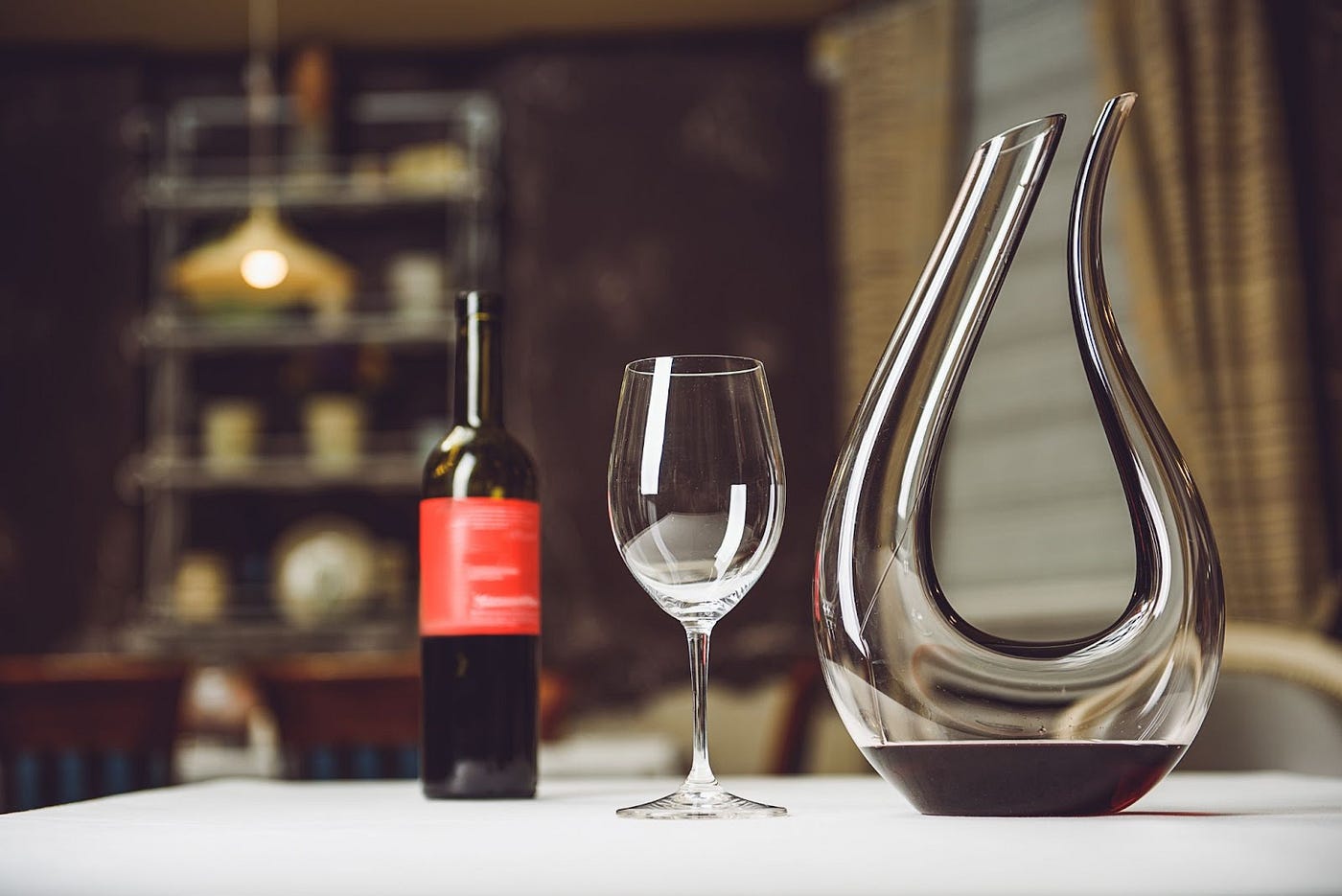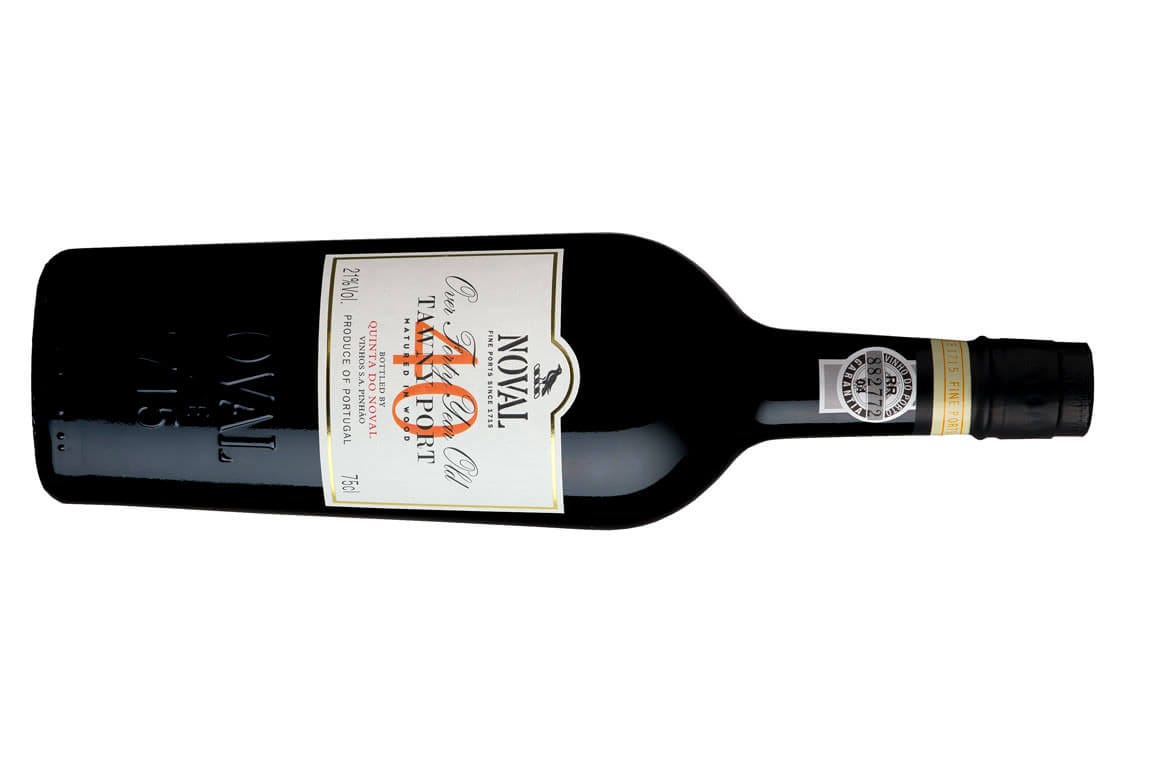- Wine Color/Type
- Top Occasions
- Unique Wines
- Surprise Me!
Should we decant a fine wine or a port wine? A Snappy Guide
Have you ever stood before a bottle of expensive wine or a vintage port, contemplating whether to take the extra step of decanting? You’re not alone! While decanting may seem like a pretentious ritual to some, it serves a vital purpose: it allows your wine to breathe, unlocking its full aromatic potential. So, when is decanting actually necessary? In this easy-to-follow guide, we’ll uncork the essentials and walk you through the art of decanting like a true connoisseur.
Decanting can improve the wines quality.( Credit: davit85/stock.adobe.com)
Unlocking Aromas: The Art of Decanting
Think of wine as a complex melody that needs room to breathe and unfurl its intricate notes. Oxygen is the key player here. Once you pop that cork, red wines, especially, begin to mellow. Their tannins soften, revealing a tapestry of flavors — from leathery undertones to tobacco nuances. Don’t count white wines out; the best ones become more approachable, dialing down their creamy textures while amplifying nuances of dried herbs or fruit.
Decanting 101
Traditionally, you’d remove the bottle’s foil or capsule entirely and gently pour the wine into a decanter, often using a candle to help spot any sediment. Is that too quaint for you? A flashlight or even your smartphone’s torch can serve the same purpose.
Remember, not all wines demand this VIP treatment. Young wines rarely contain sediment, so you can pour them directly into the decanter with confidence. Aged wines, however, call for a slower pour and a more compact decanter designed to catch sediment. Before pouring, add a serviette to capture the drops to avoid stains on the table.
To keep white wines cool while decanting, place an ice pack beneath the decanter and cover it with a stylish napkin. Just keep an eye on the temperature to avoid over-chilling!
Pro Tip: A teabag can be a clever tool for collecting those last precious sips.
They come in all different forms, sizes and shapes
(Credit: Yakobchuk Olena/stock.adobe.com)
A Decanter for Every Wine: Style and Substance
Decanters come in a dazzling array of designs, from utilitarian vessels to eye-catching crystal masterpieces that double as art. But it’s not just about aesthetics. Young wines flourish with more oxygen, making larger decanters the perfect choice. To hasten the aeration, try swirling the wine in the decanter — a surefire party trick that will impress even seasoned wine aficionados.
Curated Choices: Which Wines to Decant
Light, fruity wines designed for quick consumption usually don’t fare well when decanted, as aeration can mute their vibrant flavors. However, robust reds like Napa Cabernet Sauvignons and classic Bordeaux wines transform magically with decanting. Silky, buttery whites can also benefit, as can specialized sweet wines like vintage or crusted ports, which become more nuanced with a little air time.
The Exceptions
Usually, it’s best to avoid decanting sparkling and rosé wines, as they risk losing their effervescence and fruitiness. However, exceptions do exist. For instance, Crémant producer Bouvet-Ladubay recommends decanting their Tresor Brut Rosé to meld its unique yeasty aromas and accentuate its berry flavors.
Decanting isn’t a one-size-fits-all affair, but it’s a practice that can dramatically enhance your wine-drinking experience. The next time you’re torn over the ‘to decant or not to decant’ question, weigh the wine’s age and distinct attributes. It may take some practice, and yes, occasional mishaps are part of the journey.
Find your next wine to decant on VinoVoss and embark on your own personalized wine journey with us.
Peter Douglas
Silver Oak Napa Valley Cabernet Sauvignon
Muga Reserva
J. Lohr Vineyards & Wines Pure Paso Proprietary Red
Quinta do Noval 40 Year Old Tawny Port
Latest articles






